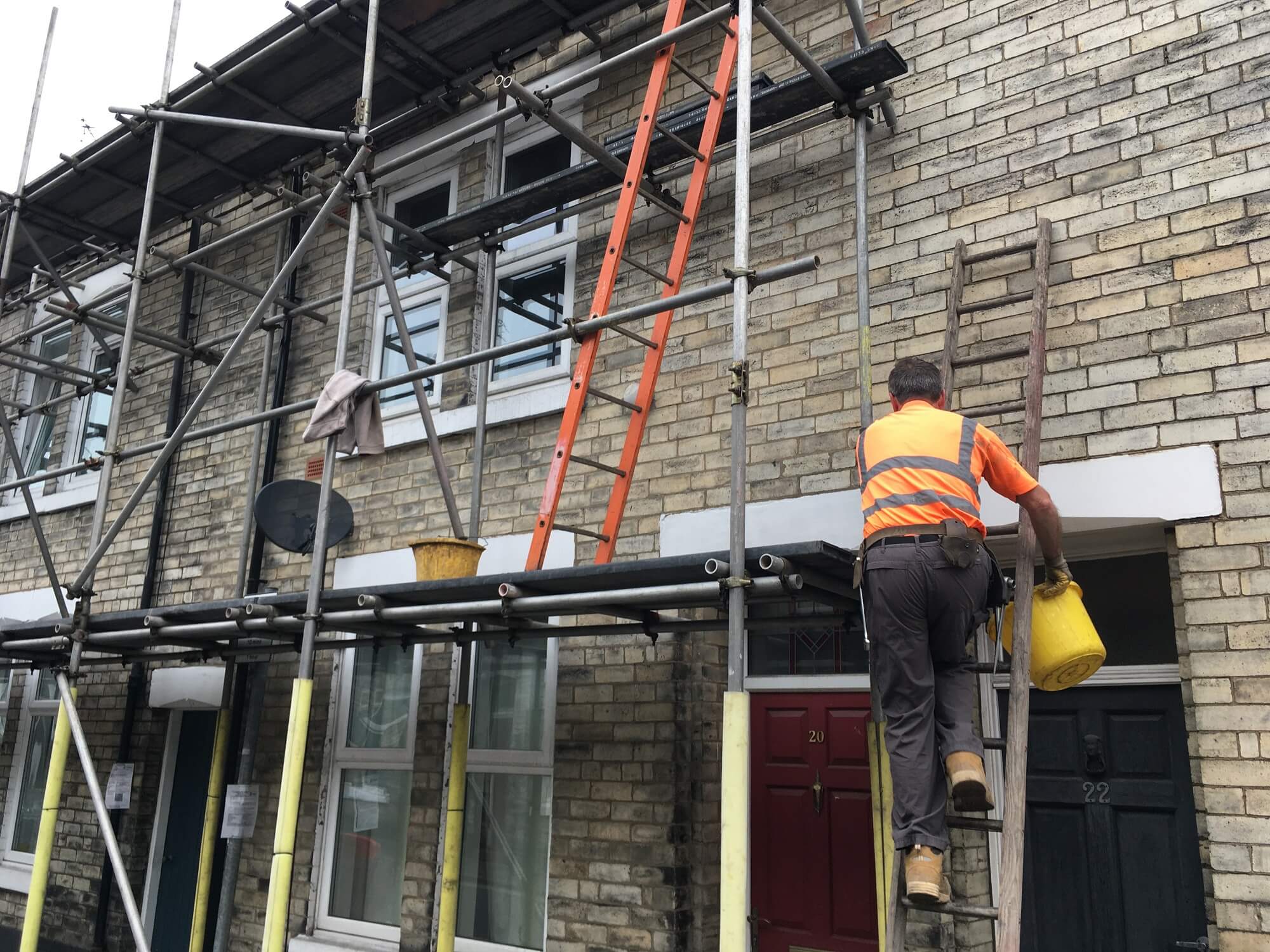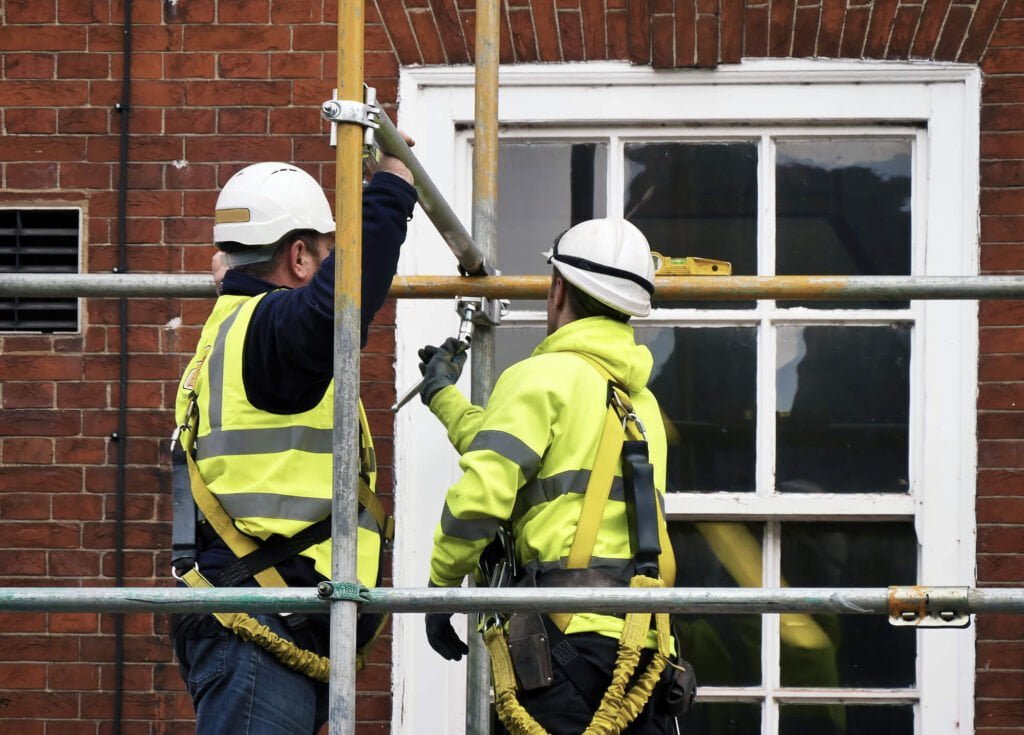When you are starting scaffolding, it is hard. Just like anything else that is new in life will be hard and challenging. As with anything, the longer you work, the better you get at it. Over time you develop skills, experience, and knowledge. With that comes more enjoyable work, and it gets easier. Most scaffolders learn the hard way, by experience. Eventually, you will learn how to avoid injuries—spending less time thinking about how to solve your work challenge.

If you have the expertise and skills required, scaffolding becomes easier. You learn techniques for handling scaffolds, which cuts your work by 50%. The work will be easier when you have good health and fitness. So if you have a strong back and strength in your arms, you are good. You also need to have great hand-eye coordination. When you are working in a high-rise building, having strong legs will help you. On the other hand, working on a bridge scaffold, you are better off having a strong back and flexibility.
A safe attitude is the most valuable trait any scaffolder can bring to the table.
It will be hard for you if you are unable to carry scaffolding materials. Having a small body built doesn’t necessarily mean you are not fit for the job.
Beware of safety risks
Jumping will affect your spine and joints. You can develop planters fasciitis. You should also be well-informed of the health and safety issues affecting construction sites. Considering it involves working outdoors, so you need to be ready to work whether it rains or shines. You should be comfortable working at height.
In a nutshell
- Do not jump
- Work in adverse weather conditions
- Working at height
- Carry scaffolding materials

What does the scaffolding work involve
There are several areas of focus in scaffolding, such as being a scaffold designer, site supervisor, advanced scaffolder, scaffold inspection specialist, etc. Depending on your area of focus, some of the responsibilities involved in scaffolding include the following:
- Work with other team members to unload scaffolding materials
- Ensure there’s a stable base for erecting the scaffolding
- Follow building regulations when erecting scaffolding
- Ensure there’s a sufficient working platform
- Adhere to the health and safety regulations
- Safely dismantle scaffolding upon completion of the project

Pros vs Cons
With the right guidance, scaffolding is an easy skill to grasp. However, it has its pros and cons which are highlighted in the table below:
| Pros | Cons |
|---|---|
| It’s easy to grasp and understand | It’s time-consuming |
| Anyone learning to scaffold is actively involved | Some long procedures can confuse the scaffold learners |
| Scaffolding learners are less frustrated | It requires maximum concentration |
| Training ensures scaffolders can deliver quality work without compromising their safety or any other parties. | Training scaffolding students scaffold isn’t easy |
| Scaffolding allows you to safely work at a height | If done by someone who isn’t competent, it can cause hazardous accidents |

Now you see whether scaffolding is a hard job. Remember, save your back, do not jump. With hard work and determination, you can build a career in scaffolding. Not to mention how there are no formal requirements for becoming a professional scaffolder. It’s an easy entry and quite a rewarding field.